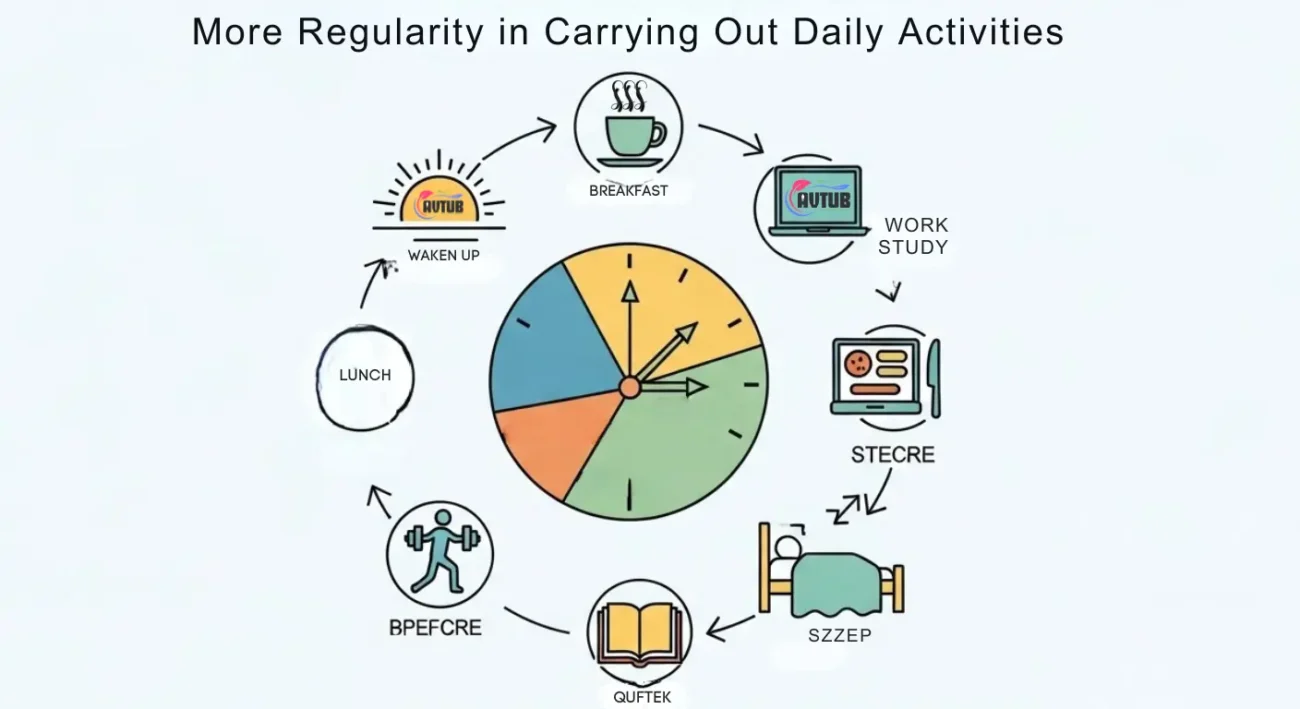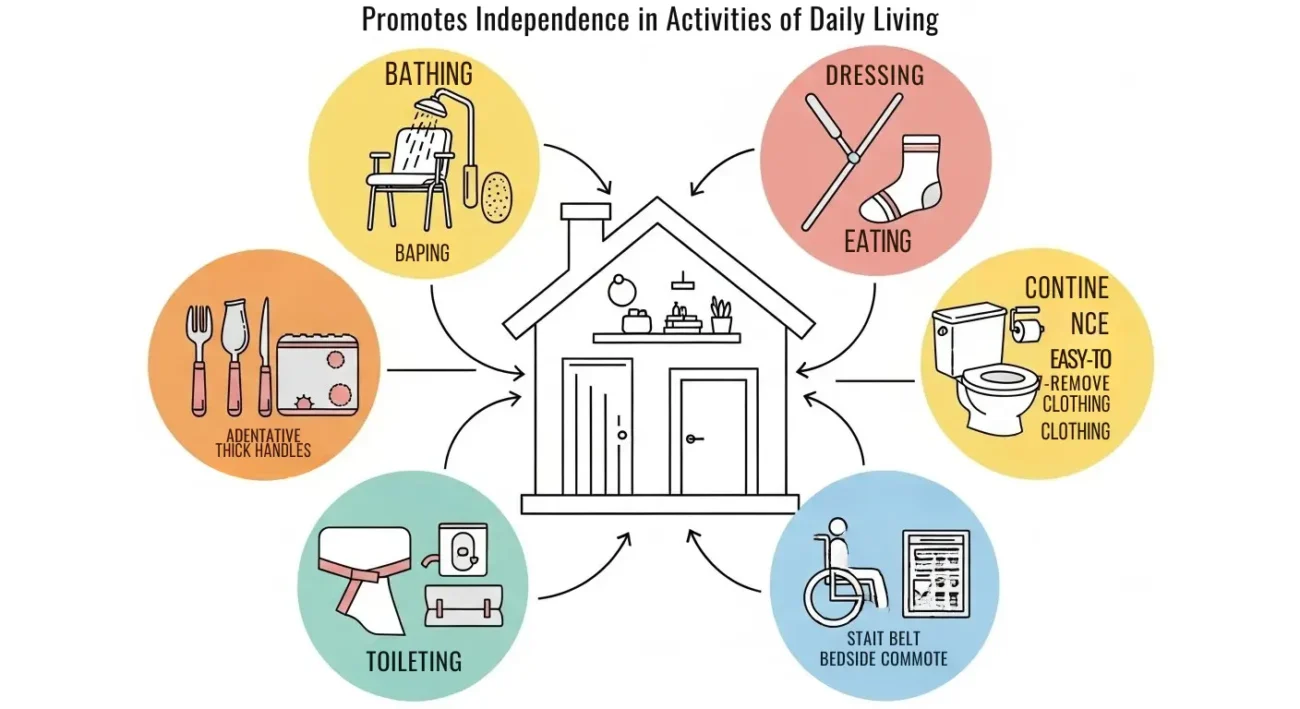ABA is an abbreviation for Applied Behavior Analysis. In-home ABA is one such therapy which has grown to be among the most popular choices of support parents make to help their child build various life, communication, and social skills. Unlike therapies done in clinics, in-home ABA is done within the comfort of a child’s natural setting, where learning can be directly applied to daily living. As more parents explore what works best for their children, in-home ABA therapy is an effective, personalize approach for families. Here are some of the top reasons parents choose in-home ABA therapy and why this choice remains favorable for so many:
We are one of the highly-rate ABA agencies in Maryland and provide personalize, high-quality in-home and clinic-base ABA treatment for your child. Areas of communication, behavioral support, and daily skill development are closely follow in our practice, with continuous guidance and family involvement. We work along with parents in creating an atmosphere that is encouraging and conducive to the growth and learning of children to their fullest potential.
Personalize Learning in a Familiar Environment
Children learn more when they feel safe and comfortable. In-home ABA therapy lets the child practice skills in his home environment, thus minimizing stress while maximizing the speed of learning. The familiar surroundings help kids feel confident, which thereby brings better focus to sessions.
They also analyze and work within real-life routines of a child, such as morning activities, playing, mealtimes, chores among others, to ensure that whatever skills learn in the therapy sessions will later be applied into their lives.
Parents have an opportunity to get actively involve
In-home ABA therapy has numerous advantages. First and foremost, parents are directly involve. For instance, parents will not have to wait until the end of these sessions at the clinic just to get an update on the progress. They get to be part of the actual process of therapy in real time. Parents learn many strategies that therapists use, helping to reinforce progress throughout the day.
What is require as an ingredient in in-home ABA therapy is parent training. The families will be equipped with tools, train, and coach to respond appropriately to behaviors, help with communication, and create routines. It is teamwork that assures greater consistency and long-term progress.
More Regularity in Carrying Out Daily Activities

Consistency is key in ABA therapy, which is most effectively achieve by having the sessions conduct at home. Goals can be directly integrated into activities such as brushing one’s teeth, following a bedtime routine, getting ready to go to school, or participating in family activities. This way, the child is not only getting practice but also generalizing to real-world moments rather than contrived clinical ones.
Rather than practice the behaviors within a control room, children learn to apply their skills precisely in those places where they will most need them: at home, in the kitchen, while playing, and even out in the backyard.
Reduce Stress and Anxiety for Children
Sometimes, a clinic environment can simply be overwhelming for some children. In-home ABA removes stress that comes with new rooms and noises, not to mention longer travel times. Because treatment comes directly to them, the kids begin their sessions calm and ready to go.
A comfortable child is willing to learn more, respond well, and participate in activities. There will be better emotional regulation, and visible improvement will be observe in the outcomes.
Convenience for busy families
In-home ABA obviously eliminates travel time and waste time in the waiting room. Many times, parents have to juggle work schedules and other children, so being at home is much easier on the family. Another huge plus that most families appreciate is flexibility regarding scheduling. The parent can schedule the therapy sessions around school times, nap times, and family routines, so there is very little disruption of daily life.
Emergence of real life behavior challenges
Therapy at home allows the therapist to see a child exhibit behaviors while they naturally occur. Whether it’s problems with transitions, mealtimes, or sharing toys, he or she sees firsthand what is occurring and will develop interventions that work for that particular environment. These real-time insights help with more focuses therapy and thus more effective treatment. Solutions are not theoretical; they are practical, implement right where the behavior occurs.
Promotes Independence in Activities of Daily Living

One of the major goals of ABA therapy is independence, and home sessions are best to teach practical life skills. Activities a therapist can work on include: Dressing Toileting Household chores Self-care routines Eating independently Following directions Organization of personal belongings These skills are practice in the home environment so that the child gains confidence and competence in tasks they perform daily.
Stronger family therapist collaboration
Because the families witness the implementation of this therapy day in and day out, the communication with the therapist gets much stronger and consistent. This is important because the parents will get their questions answer, state their opinions, and involve themselves in the problem-solving strategies. This helps in ensuring such therapy addresses family goals, values, and expectations. They also help families make home more predictable and nurturing, while teaching strategies that benefit the whole family, not just the child in therapy.
Helps children generalize skills faster
A big part of ABA therapy is generalization-using learn skills in different settings and with different people. This is easier because an in-home session lets the child practice their skills with various family members, within different rooms, and during different activities. Rather than learning a skill only with a therapist, the child learns to use the skill with siblings, parents, and caregivers, increasing the chances of long-term success.
Individualize Behavior Plans Specific to the Home
Every home is unique, and the therapists build treatment plans base on the child’s environment, family routine, and personal needs. Whether the goal is for a family to decrease certain behaviors, to improve communication, or to teach life skills, the therapist modifies strategies to meet the structure of the home. Because this plan is specifically design for the child’s natural environment, the progress is often more meaningful and easier to maintain.
Ideal for Early Learner
For younger children, the home is the center of their world. In-home ABA therapy provides a warm, nurturing space in which early skill development flourishes. This flexibility and comfort from being at home enable the young learners to adapt faster; hence, this makes early intervention even more effective.
Conclusion
In-home ABA therapy has become prefer for families because it offers personalization, comfort, real-world learning, and stronger family involvement. Children receiving therapy in the place where they spend most time benefit from practical skill-building and consistent support. Parents are accorde valuable training, collaboration opportunities, and convenience; thus, smoothing and enhancing the whole process. As more and more families seek meaningful, flexible, and evidence-base solutions, in-home ABA remains among the best avenues through which to support a child’s growth and development on a day-to-day basis.


